Text

Located in the picturesque southern constellation of Centaurus, the Gum 41 nebula takes up most of this image brought to you by the VLT Survey Telescope, hosted at ESO’s Paranal Observatory in Chile.
Credit: ESO
567 notes
·
View notes
Text
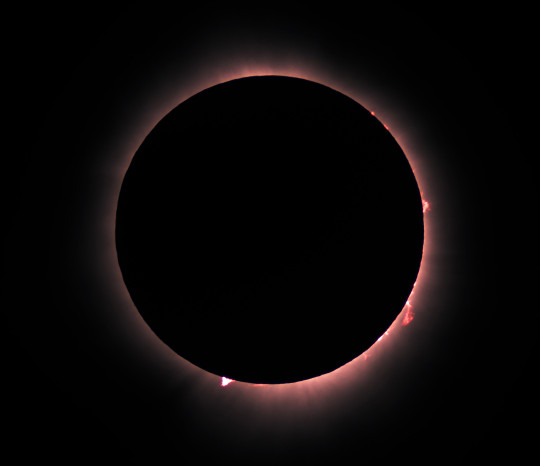
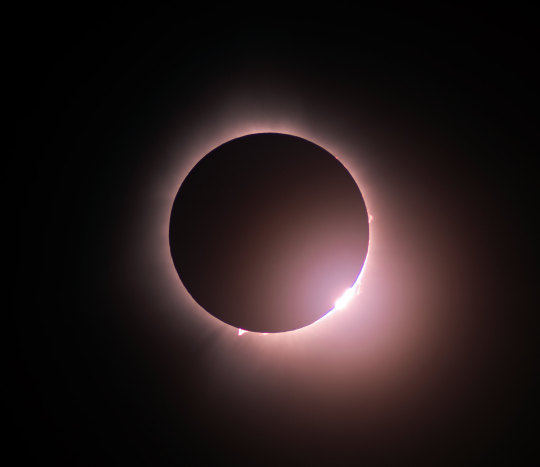
Apr. 8 2024 Eclipse
Credit: Victor Toth
6K notes
·
View notes
Text

In dark evening skies over June Lake, northern hemisphere, planet Earth, Comet 12P/Pons-Brooks stood just above the western horizon on March 30. Its twisted turbulent ion tail and diffuse greenish coma are captured in this two degree wide telescopic field of view along with bright yellowish star Hamal also known as Alpha Arietis.
Image Credit: Dan Bartlett`
2K notes
·
View notes
Text

This is a fascinating cosmic scene captured by Hubble: jets firing out from the rotational poles of a newly-ignited star illuminate gas and dust inside the Orion B cloud, 1,350 light-years away, forming what's called a Herbig-Haro object.
Credit: Jason Major
793 notes
·
View notes
Text

Central part of the NGC 2516 Open Cluster
Credit: G Furtado
682 notes
·
View notes
Text

NGC 5248 is a compact intermediate spiral galaxy about 59 million light-years away in the constellation Boötes
Credit: Adam Block/Mount Lemmon SkyCenter/University of Arizona
681 notes
·
View notes
Text
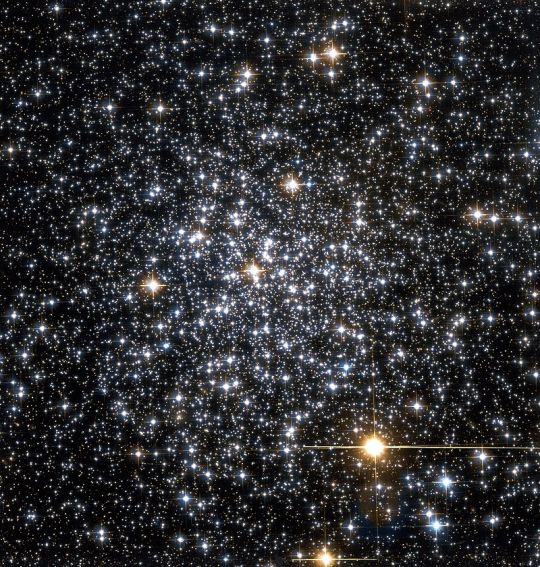
NGC 6352 is a globular cluster of stars in the southern constellation of Ara, located approximately 18.3 kly from the Sun. It was discovered by Scottish astronomer James Dunlop on May 14, 1826.
Credit: NASA/ESA, Hubble
1K notes
·
View notes
Text

Seen edge-on, observations of NGC 4945 suggest that this hive of stars is a spiral galaxy much like our own Milky Way, with swirling, luminous arms and a bar-shaped centre. Sites of active star formation, known as HII regions, are seen prominently in the image, appearing bright pink. These resemblances aside, NGC 4945 has a brighter centre that likely harbours a supermassive black hole, which is devouring reams of matter and blasting energy out into space. NGC 4945 is about 13 million light-years away in the constellation of Centaurus.
Credit: ESO
816 notes
·
View notes
Text

North America Nebula
1K notes
·
View notes
Text
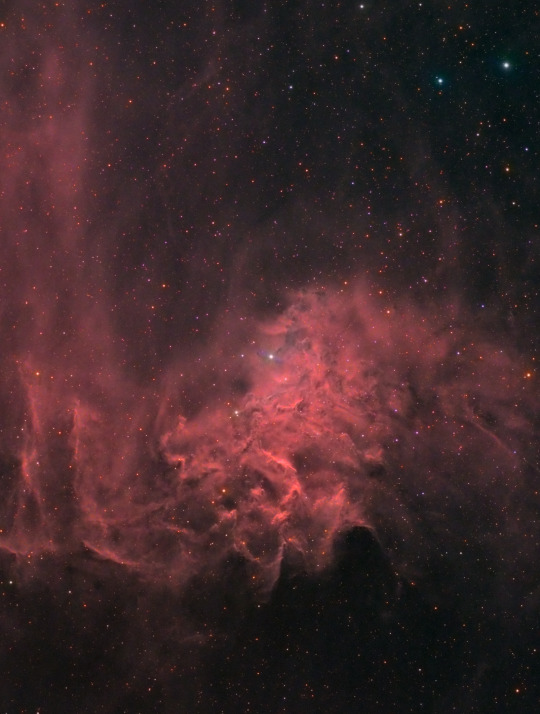
Flaming Star Nebula by David Joyce
1K notes
·
View notes
Text

NGC 7331 Acquired with the Schulman Telescope at the Mount Lemmon
Credit: Adam Block/Mount Lemmon SkyCenter/University of Arizona
#galaxy#galaxia#space#espaço#astronomy#astronomia#cosmos#unvierso#universe#stars#ngc7331#telescope#mountlemmon
871 notes
·
View notes
Text

Io satellite of Jupiter
Credit: Stuart Rankin
946 notes
·
View notes
Text
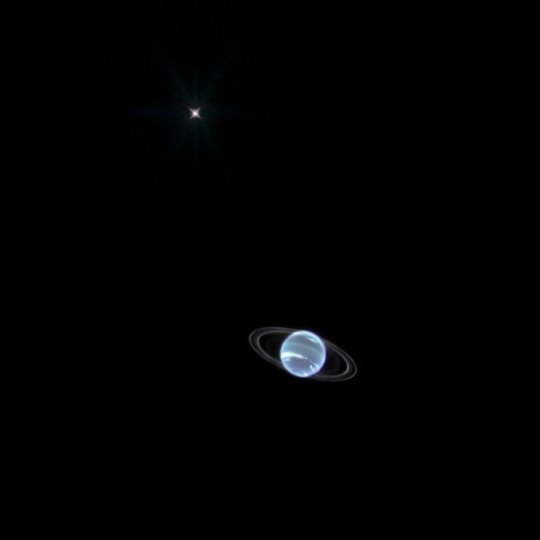
Neptune and Triton by James Webb telescope
5K notes
·
View notes
Text

A view of Mars made from pictures captured with the EXI camera aboard UAE's Hope Mars Mission spacecraft on August 21, 2023 from an orbital distance of 20,132 kilometers.
Credit: Jason Major
1K notes
·
View notes
Text

The Pleiades: Seven Dusty Sisters
Image Credit: Craig Stocks
3K notes
·
View notes
Text

Enceladus - taken by the Cassini orbiter on January 30 2017.
NASA/JPL-Caltech/SSI/Kevin M. Gill
985 notes
·
View notes
Text

Jupiter with moons Europa & Io
Credit: Roger Hutchinson
1K notes
·
View notes